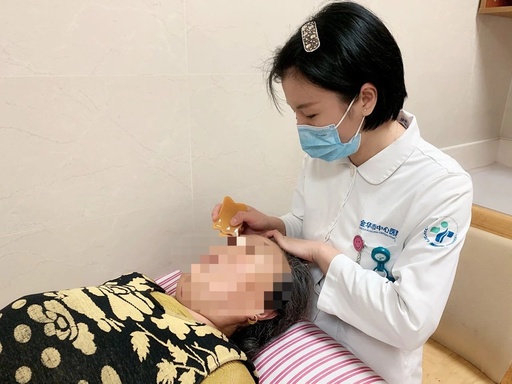
Hello! Spring
The beautiful spring days have arrived as expected.
As we reach the Grain Rain solar term, many women are troubled by poor sleep. Recently, Aunt Li came to the Traditional Medicine Center’s second ward with her concerns about sleep. The medical staff examined her tongue coating and chose a new technique from the department—Jade Facial Gua Sha.
After three treatments, Aunt Li came back smiling to express her gratitude, as she was able to return to a good night’s sleep until dawn.
Why can Jade Facial Gua Sha help solve sleep problems? Today, we will introduce this new technique!
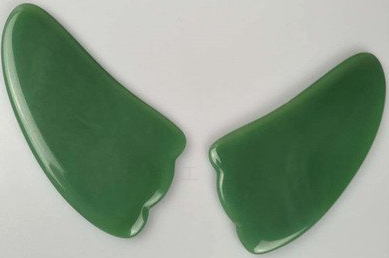

The beautiful spring days have arrived as expected.
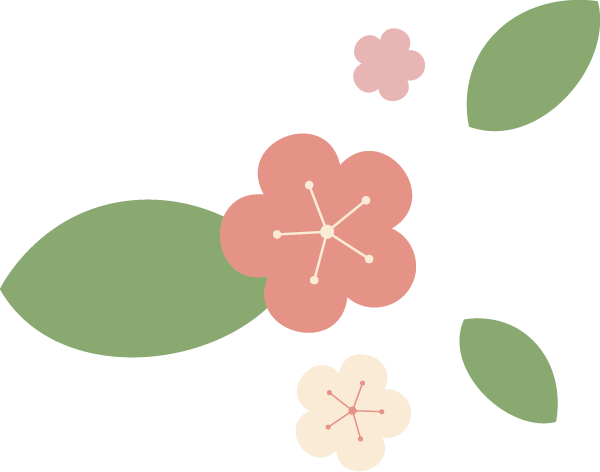
Jade Facial Gua Sha
Traditional Chinese Medicine (TCM) believes that the head is the convergence of all Yang energies in the body; the face is the manifestation of the five internal organs, with specific connections between different areas of the face and the internal organs. By stimulating these corresponding reflex points, acupoints, and meridians, it can help prevent and treat diseases.
Jade Facial Gua Sha is based on the theory of TCM meridian science, using a jade scraping board to stimulate facial acupoints, achieving the effects of activating Qi and blood, dispersing stagnation, and unblocking meridians, thereby indirectly adjusting the functions of the internal organs.
It is suitable for treating headaches, dizziness, insomnia, colds, beauty, and health maintenance.
It follows the principle of working from the inside out and from the bottom up, with the skin being even, permeable, slightly warm, and reddened as desirable.
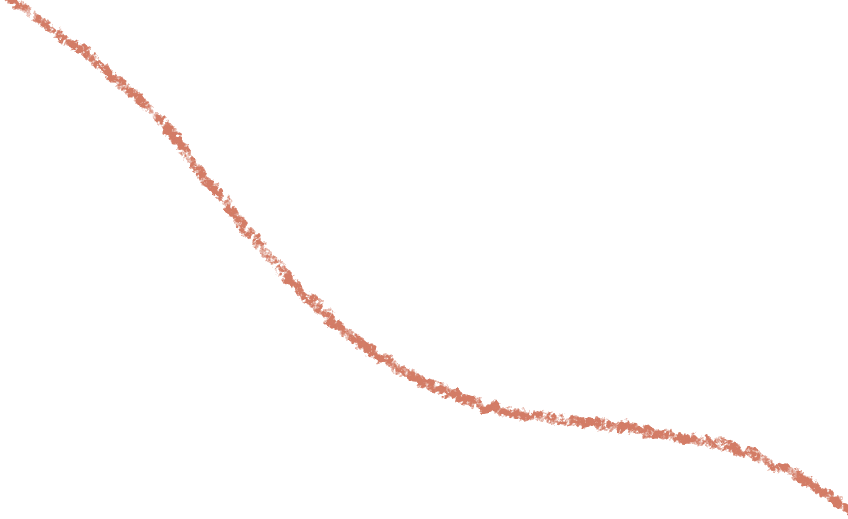
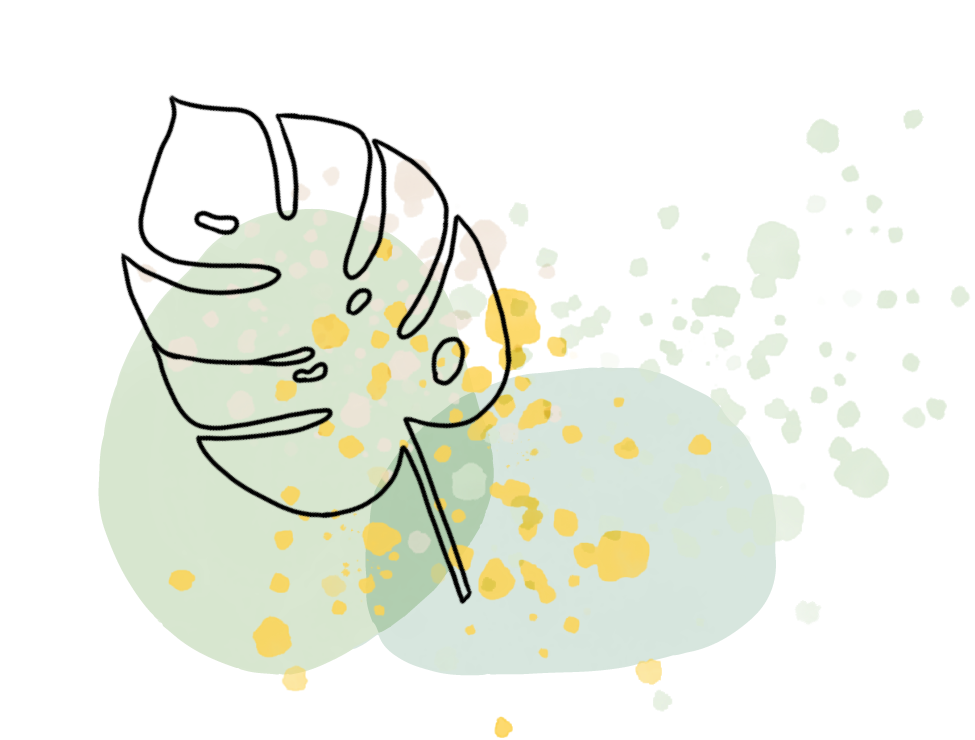
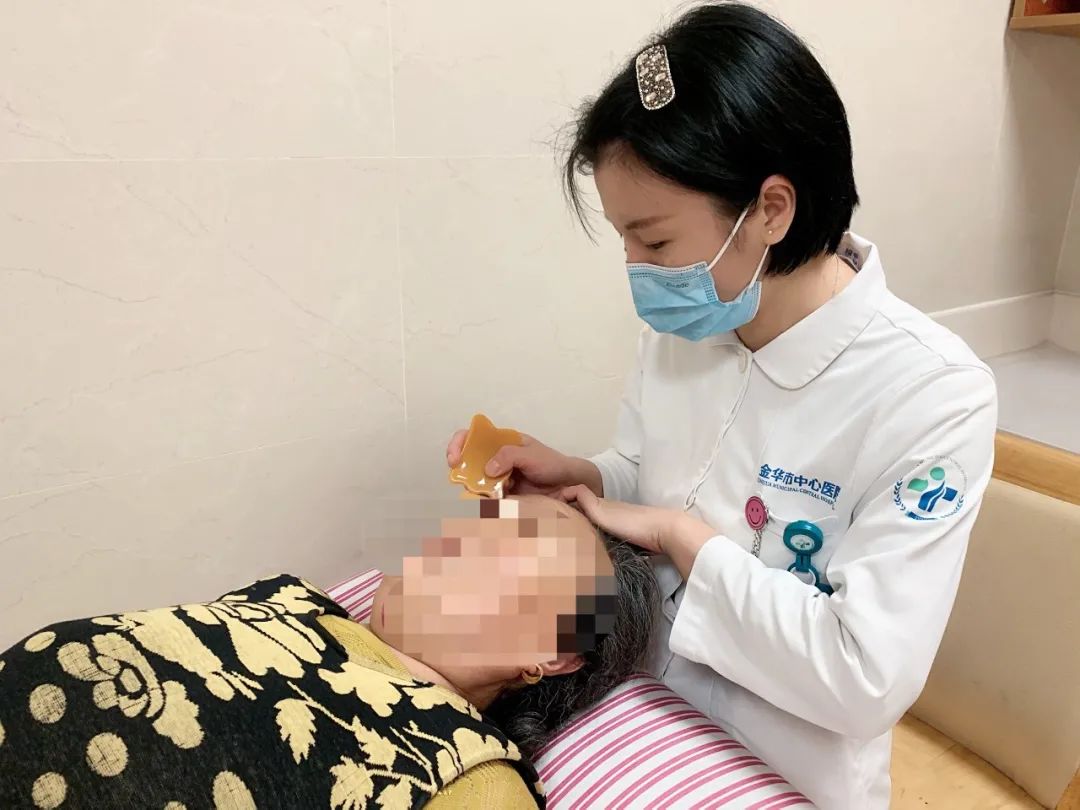
The beautiful spring days have arrived as expected.
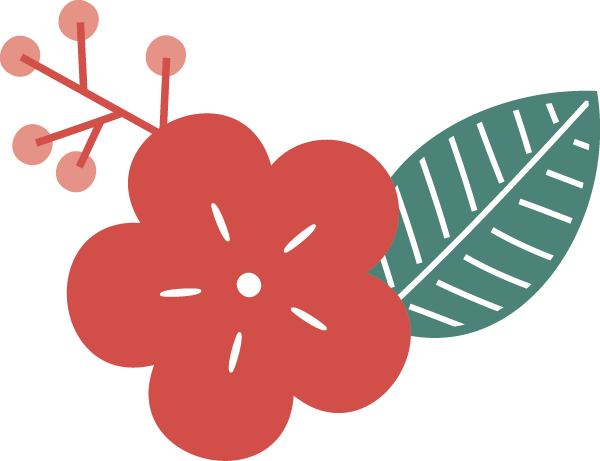
Main Acupoints for Facial Gua Sha
1. Yin Tang (Hall of Impression): Located between the two eyebrows. It connects to the Du Mai (Governing Vessel) and is an extraordinary point that helps brighten the eyes and calm the mind.
2. Si Zhu Kong (Silk Bamboo Hollow): Located at the depression at the end of the eyebrows. It connects to the San Jiao (Triple Burner) and regulates internal heat caused by metabolic dysfunction, such as red, swollen eyes, toothaches, and wrinkles around the eyes.
3. Si Bai (Four Whites): Located one horizontal finger below the pupil. It connects to the Spleen and Stomach meridians, regulating Qi and blood issues caused by Spleen and Stomach dysfunction, manifesting as chloasma and acne.
4. Ying Xiang (Welcome Fragrance): Located beside the nostrils. It connects to the Large Intestine meridian and helps disperse wind-heat and open the nasal passages.
5. Di Cang (Earth Granary): Located at the outer side of the mouth corners, aligned with the pupil. It connects to the Stomach meridian and has the effect of dispelling wind, opening the orifices, and relieving pain.
6. Cheng Jiang (Container of Fluids): Located at the center of the chin-lip groove. It connects to the Ren Mai (Conception Vessel) and has a calming and analgesic effect.
The beautiful spring days have arrived as expected.

Precautions
The technique for facial Gua Sha should be gentle, using just enough pressure for the facial muscles to feel it. Be sure to apply skincare products before scraping to help the scraping board glide smoothly.
Friends, the Jade Facial Gua Sha technique is simple and convenient to operate, and you can do it at home. Just find the corresponding points to stimulate for the purpose of treating diseases or strengthening your health. Let’s all take action together!

Source | Traditional Medicine Center, Second Ward
Text | Chen Lu
Organization | Health Education Department
Editor | Zheng Danjuan
Previous Recommendations
Health Education: Correct Understanding of Stroke
Health Education: Can Acupuncture Treat Shingles?
Health Education: How Much Do You Know About Gout?

